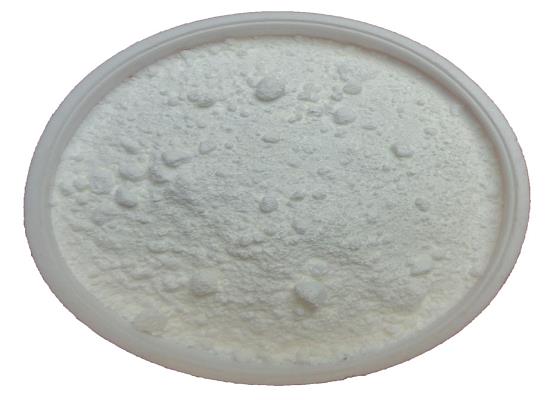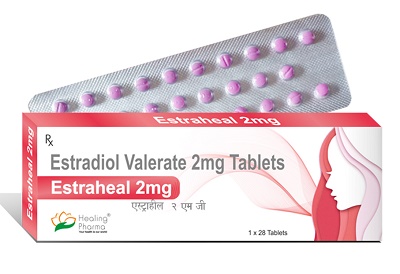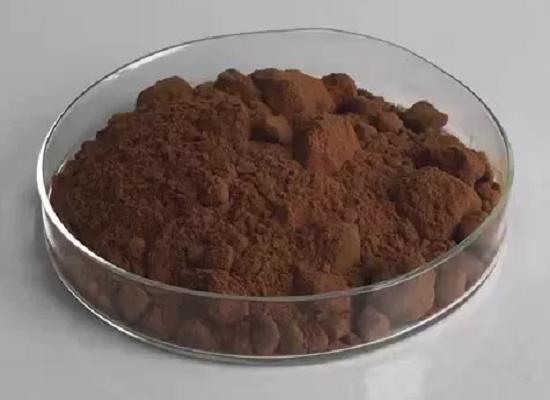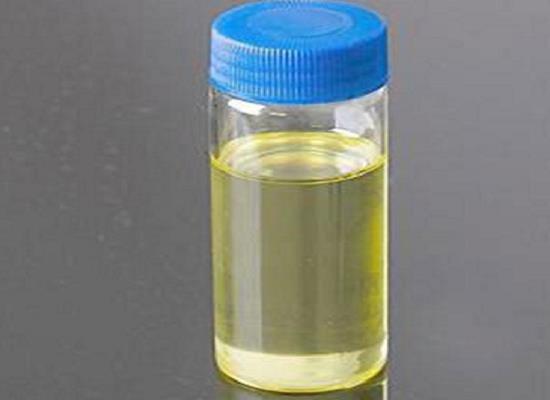Active Pharmaceutical Ingredients (API), popularly speaking, are the raw materials of medicines, only pharmaceutical raw materials are processed into pharmaceutical preparations , can they become medicines available for clinical use, so drugs we usually eat are the finished drugs through processing. Active Pharmaceutical Ingredients based on its sources can be divided into two major categories ,including chemical synthetic drugs and natural chemical drugs. Chemical synthetic drugs can be divided into organic synthetic drugs and inorganic synthetic drugs. Inorganic synthetic drugs are inorganic compounds ( very few is element), such as aluminum hydroxide, magnesium trisilicate which are used for the treatment of gastric and duodenal ulcers ; organic synthetic drugs are mainly composed of drugs made by basic organic chemical raw materials, through a series of organic chemical reactions (such as aspirin, chloramphenicol, caffeine, etc.). Natural chemical drugs ,based on its sources,can be divided into two categories including biochemical drugs and plant chemical drugs. Antibiotics are generally made by the microbial fermentation, which belongs to the biochemistry category. A variety of semi-synthetic antibiotics occurs in recent years,which are biosynthesis and chemical synthesis combining products.Among active Pharmaceutical Ingredients, the organic synthetic drugs varieties, yields and values have the largest proportion,which are the main pillars of the chemical and pharmaceutical industries. The quality of active Pharmaceutical Ingredients decides whether the formulation is good or bad , so its quality standards are very strict ,countries in the world have developed national pharmacopoeia standards and strict quality control methods for its widely used active Pharmaceutical ingredients.
Hydrogenated castor oil: pharmacokinetics, applications and toxicity
Hydrogenated castor oil is widely used in various industries as a lubricant, laxative, and in coatings. It may cause hypersensitivity reactions in sensitized individuals.
Sep 19,2023 APIFullerene C60: functionalization and applications in biosensors
Functionalized Fullerene C60 improves electron transfer rates in biosensors, enhancing sensitivity and detection capabilities in glucose and urea biosensors.
Sep 19,2023 APICyclopropanecarboxaldehyde: properties and applications in astrophysics
Cyclopropanecarboxaldehyde has two conformers and its rotational spectrum aids in detecting organic molecules in the interstellar medium.
Sep 19,2023 APISalidroside: mechanism of action, pharmacokinetics and safety
Salidroside shows promise as a neuroprotective agent for ischemic stroke, with mechanisms involving inhibition of excitotoxicity, oxidative stress, inflammation and apoptosis.
Sep 18,2023 APIDiphenylmethane: properties, applications and safety
Diphenylmethane is a colorless liquid with aromatic odor, used in catalytic reactions and sonolysis, but requires caution due to potential irritant effects.
Sep 18,2023 APIMesityl oxide: properties, industrial applications and toxicity
Mesityl oxide is a versatile solvent with a peppermint odor, used in various industries. It has excellent solvency properties but can be toxic when inhaled or absorbed.
Sep 18,2023 API4-Morpholineethanesulfonic acid: properties and applications
4-Morpholineethanesulfonic acid is a versatile compound used as a buffering agent and pH regulator in biological research. It finds applications in ACH separation and colorimetric nanosensors.
Sep 18,2023 API2,2,6,6-Tetramethylpiperidine: applications and safety
2,2,6,6-Tetramethylpiperidine is used as a catalyst and metabolic intermediate and has potential as an antioxidant. It should be handled with caution due to its flammability and toxicity.
Sep 18,2023 APIAstragalin: pharmacokinetics and biological activities
Astragalin is a bioactive compound with anti-inflammatory, antioxidant, and neuroprotective properties, making it a potential therapeutic agent for neurodegenerative diseases.
Sep 18,2023 API












